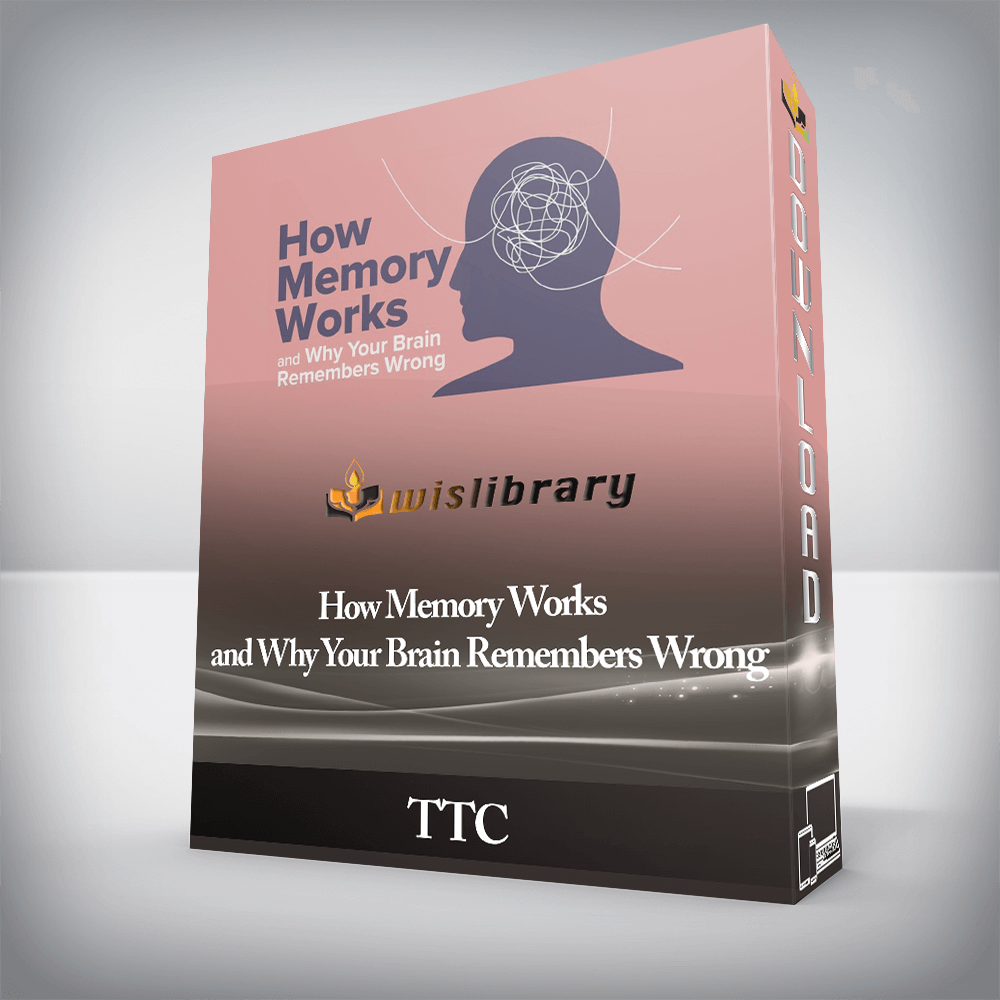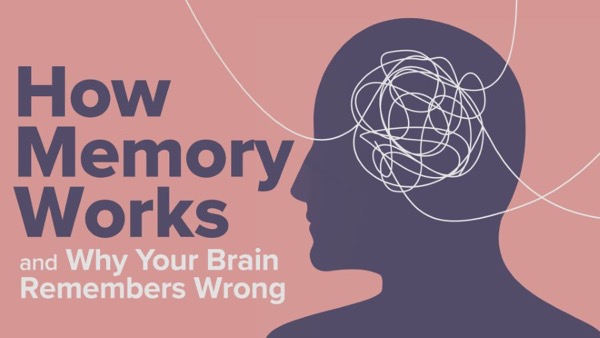


Human memory is a process—a process situated in a dynamic and changing environment, moving across time, constantly updating our memories to serve us well in the current moment in order to help us thrive.
Institution: College of Charleston
Alma mater: The University of North Carolina at Chapel Hill
“Who are you?” Chances are you’d answer this question by describing the highlights of your personality, interests, and life experiences. But if you’d been asked this same question yesterday, you might have responded with a slightly different description. Does that mean you are a particular person today but were a different person yesterday? And what about tomorrow?
Welcome to the slippery, shape-shifting nature of memory. As Professor Gabrielle Principe reveals in How Memory Works and Why Your Brain Remembers Wrong, “you” are the conglomeration of the often-unreliable information your brain decides to feed you at any given moment.
Over the course of these 12 fascinating lectures, you’ll come to understand why everything you experience in this life is an illusion—nothing more and nothing less than an interpretation of signals received, assembled, and reassembled over and over, and over again, by your brain. This might sound like the plot of a sci-fi thriller or a terrifying novel. But the pliability—and even unreliability—of your memory is no accident. Six hundred million years of evolution have brought you what you have today: the best memory for Homo sapiens. Yes, you hate it when you can’t remember where you put your car keys. But through this course, you’ll come to realize that each of the obvious negatives of your memory has a flip side that supports your ability to survive and thrive.
How Does Your Memory Go Wrong?
Many of us imagine our brains as video cameras, recording exactly what is seen and heard in its environment. That “video” is then labeled with a date and time and stored at a specific address in the brain—to be summoned and played back as a memory whenever you’d like. But that “video” concept is nothing like your real memory. Your life is a big stew of stimuli constantly bombarding your senses, a stew that your brain turns into a seamless story of experience that makes sense. Our memories, and our lives, are the stories our brains make up for us. Far from being a recording device, memory is a process.
But sometimes our memories omit things that clearly happened, serve up recollections that don’t square with the facts we previously experienced, or even manufacture events that never happened at all. What causes these issues that can result in such frustration?
In How Memory Works and Why Your Brain Remembers Wrong, Professor Principe explains three main causes of what we perceive to be memory “glitches”:
The Real Problem of False Memories
While seeing can be believing, seeing also can be constructed completely inside our heads. You’ve probably experienced this phenomenon quite frequently.
For example, consider the last time you misplaced your phone. You can see it right there on your desk where you’re so sure you placed it, and you have no memory of having tossed it on your bed an hour earlier. In this everyday example, you pick up your phone and go on about your business. But constructed, repressed, or false memories can be dangerous and life-altering. In fact, mistaken eyewitness identification is the number-one cause of wrongful convictions overturned by DNA evidence in the United States.
Adults and children both can create false memories, especially when they are pressured to come to a specific conclusion—whether by parents or by the detective who has a legal right to lie to the individual they’re interrogating. In How Memory Works and Why Your Brain Remembers Wrong, you’ll hear about:
The Flip Side of Our Memory “Problems”
Our brains are crafted from the same types of cells that made up the very first simple nervous systems about 600 million years ago—neurons. And in those intervening years, evolution has not changed the neuron itself much at all. What has evolved is a Homo sapiens brain with 86 billion neurons, each of which is connected to about 5,000 other neurons. It’s this massively complex system of 430 trillion connections that supports complex human behavior—including human memory.
In How Memory Works and Why Your Brain Remembers Wrong, you’ll learn that each of our memory “problems,” actually, provides our species a pathway to survival and complex problem-solving. For example:
While we’re all frustrated by our memory from time to time, it’s exactly the malleability of it that makes us human. If our memories did record and play back every bit of the reality around us, we would be completely overwhelmed—and have a brain that was too big to hold up at the dinner table. With How Memory Works and Why Your Brain Remembers Wrong, you will gain a greater appreciation for what you have, and what you sometimes forget, and the insights you’re sure to remember.
There are no reviews yet.
You must be <a href="https://wislibrary.net/my-account/">logged in</a> to post a review.